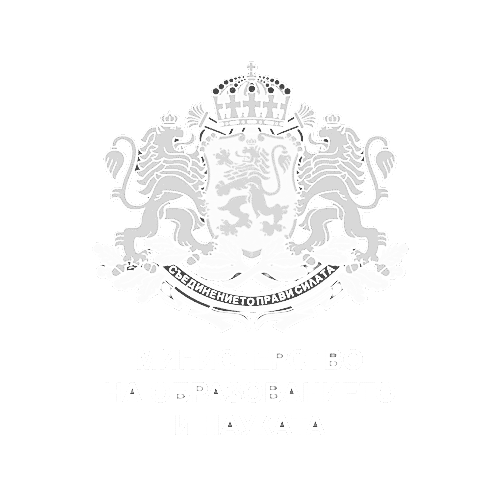The other week I visited the Innovation for Health conference in Rotterdam. This is a major Life Science event in the Netherlands, and one of the keynote lecturers was Ronald Brus from myTomorrows. myTomorrows has an interesting concept; basically, it aims to close the gap between patients waiting for a new cure and new products trapped in phase 2/3 development.
Patients looking for a cure can source the platform of myTomorrows to identify treatment options in clinical development. myTomorrows then assists in making this treatment available on basis of the early access rules. Pay-off for the drug developer is to get more, and also more diverse, clinical data, which can further support the development of that treatment. Of course, it is very commendable to close this gap and support patients this way. But we all know there is an even bigger problem in drug development: the abandoned drugs. So many potentially very beneficial treatments are put on shelves because the IP has not been secured, because investors and industry don’t see enough return on investment or just because developers have not been able to identify the right patient cohort.
It’s sad, isn’t it? How is it possible that we ended up with a drug development/market authorization system as occluded and restricted as the current one? Industry and government keep each other entangled in a system that does not serve science, let alone patients. They promise treatments that are abandoned because of the massive investments that are needed to put a new drug on the market. I don’t mind that investors are risk averse; it’s their money and they are free to spend it the way they want. I understand the risk averseness of governments, as they have to live with public opinion. But what about patients with, what we call so eloquently, unmet medical need? For them, the word ‘risk’ has a completely different notion. It’s not as if they would want to run risks, they just don’t have the option. And yet, we don’t allow them to access the treatments on the shelves.
How wonderful would it be to have a platform, similar to that of myTomorrows, that connects patients directly to investigators- where patients can share their needs and investigators can show their results? Full transparency and peer review should allow patients and their physicians to make an informed decision on the risks and potential benefits. Safety and efficacy data for each treated patient is collected and made publicly available. The more clinical information becomes available the better other patients can balance their decisions. Maybe myTomorrows can pave the way here. Maybe we have to wait a bit longer. But to me one thing is clear: the current system is not sustainable. More and more, patient advocacy groups raise their voices and insist on being heard. The increasing utilization of social media and data gathering and processing will open doors we currently don’t even know exist. The question is not if, but when and who.


